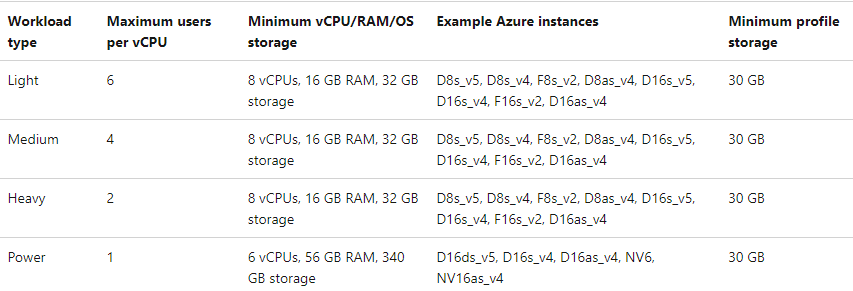Welcome to Microsoft Q&A Platform, thanks for posting your query here.
Your approach is especially for cost-saving approach which is provided by depth-first load balancing algorithm. For depth-first load balancing algorithm, you can set the MaxSessionLimit to 999999 in theory. You can check from the following link.
However, it depends on the user profile having load, executing processes on session hosts. So, you should make a profiling before deployment to isolate different user profiles and types into different pools to provide the best experience, performance and satisfaction. Instead of connecting all the users to a single session host VM having big compute size, I recommend use multiple session hosts having logical sizes to share load and build a highly available environment. Of course you can host dozens of users in a single session host but it can go into single point of failure to lost all the session. So, designing is huge critical with this approach and direction.
That said there is no artificial limit on the sessions per VM on Multi-Session. It is only limited by the resources of the VM (CPU, Memory, Disk I/O). It is not recommend to build a host pool consisting of a single VM for 30 users. If that VM goes down for what ever reason, even for Maintenance, no user would be able to work anymore.
So, even just for HA reasons, I would recommend to use at least 2 VMs+FSlogix.
Here is the document that has all the limits documented. Request you to check this once.
When using pooled host pools in Azure Virtual Desktop with the Windows 11 Enterprise multi-session operating system (OS). The following tables list the maximum suggested number of users per virtual central processing unit (vCPU) and the minimum VM configuration for each workload.

Hope this helps.
If you need further help on this, tag me in a comment.
If the suggested response helped you resolve your issue, please 'Accept as answer', so that it can help others in the community looking for help on similar topics.
